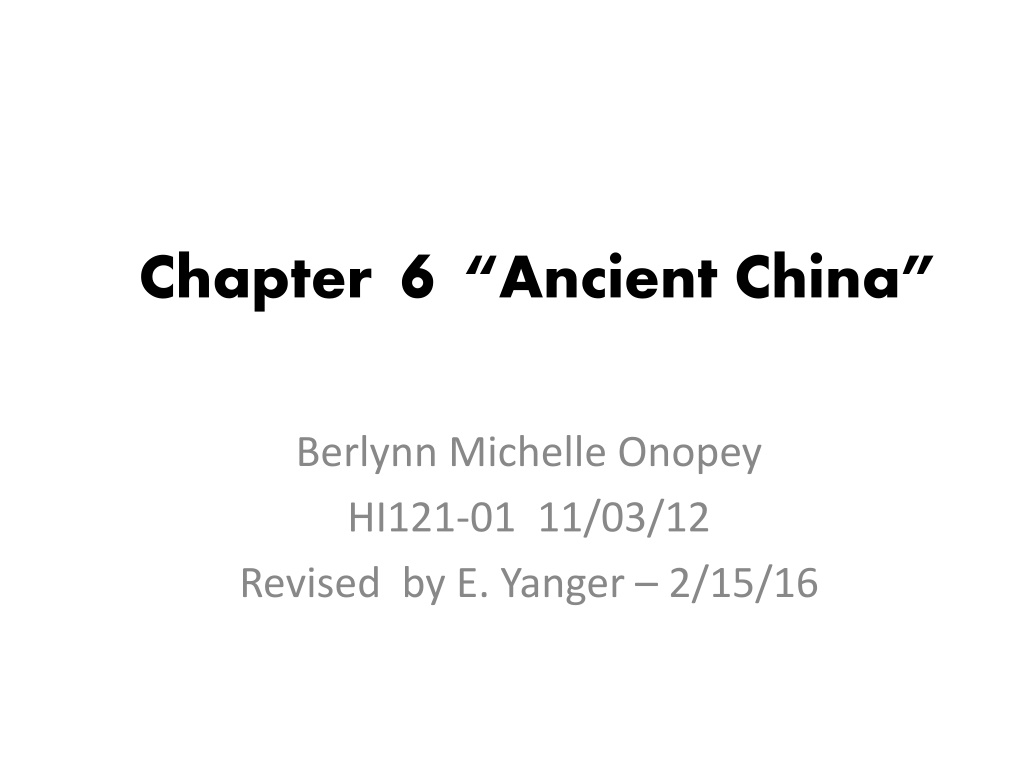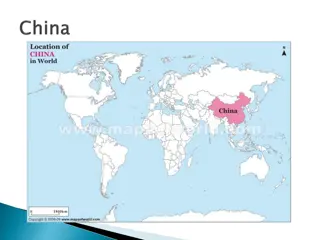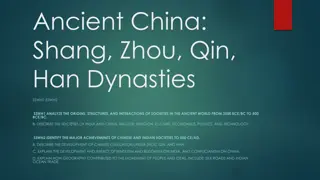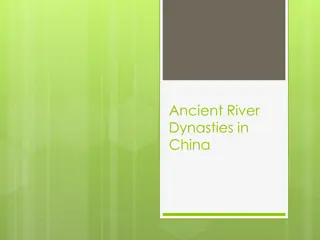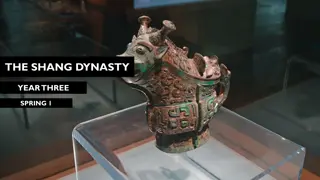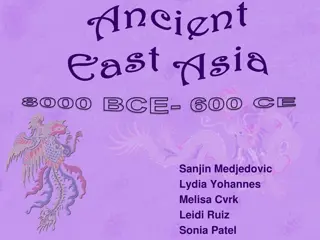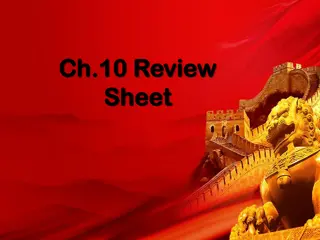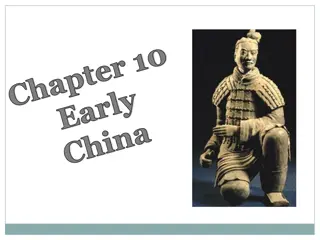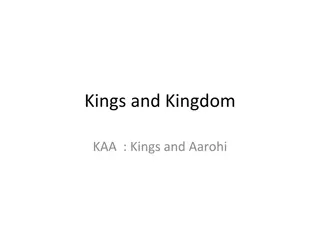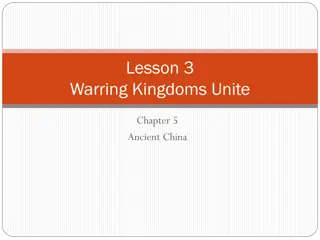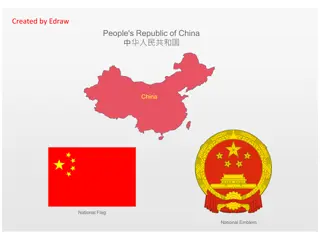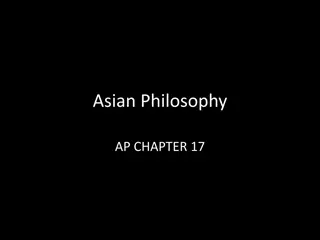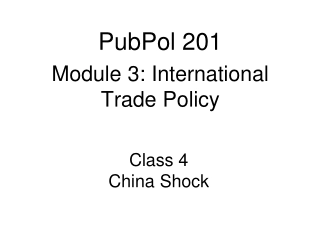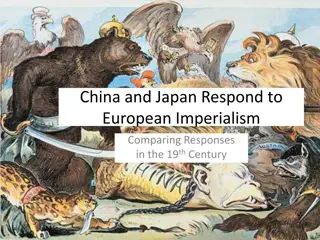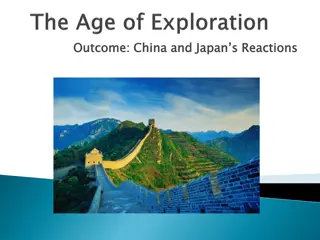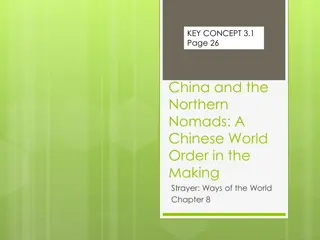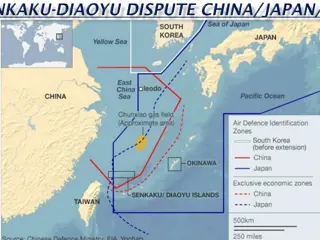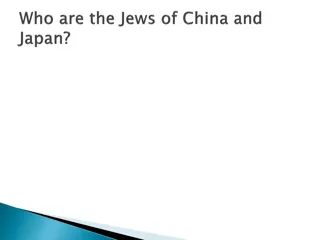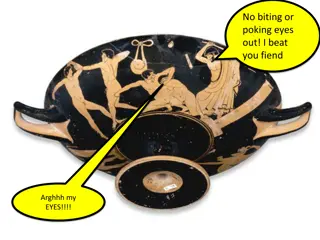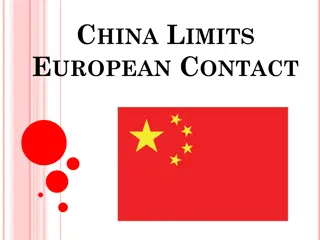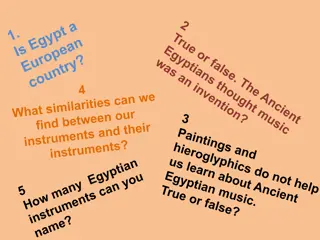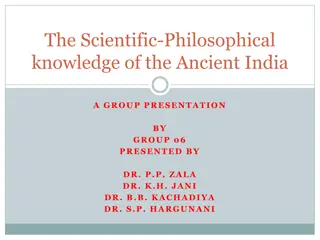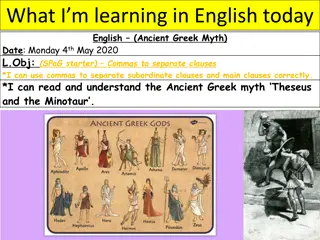Ancient China: A Glimpse into Zhou and Shang Dynasties
Chinese civilization in ancient times flourished along the Yellow River with advancements in agriculture, flood control, and culture. The Shang and Zhou Dynasties brought innovations like bronze casting, writing systems, and the concept of Mandate of Heaven. Art, architecture, and daily life reflected the rich traditions and influences of the era.
Download Presentation

Please find below an Image/Link to download the presentation.
The content on the website is provided AS IS for your information and personal use only. It may not be sold, licensed, or shared on other websites without obtaining consent from the author. Download presentation by click this link. If you encounter any issues during the download, it is possible that the publisher has removed the file from their server.
E N D
Presentation Transcript
Chapter 6 Ancient China Berlynn Michelle Onopey HI121-01 11/03/12 Revised by E. Yanger 2/15/16
Earliest China: Chinese began to settle in villages along the Yellow River. Developed terracing and irrigation techniques to grow millet, barley, soy, and hemp in yellow wind-blown soils called loess. Areas along Yangtze River became the center of China s wet rice culture
How was the need to control floods addressed in China? Maintained extensive levees Coordinated labor for construction projects
Fundamental Aspects of Chinese Life The supreme importance of the family. The reverence shown to ancestors and the aged by the young. The emphasis on this world. The importance of education, particularly literacy.
Earliest China:Shang Dynasty Rise due to two important innovations: bronze casting and writing. Zhou Dynasty would take over during the 11th Century BCE.
Writing Originally pictographic Logographs or words in signs (characters) Spoken language is Monosyllabic The written language was immensely important in unifying the groups and subgroups who called themselves Chinese.
Art and Architecture Bronze Work: Drinking cups, vases, wine vessels, brooches, and medallions. Medal technology: Cast iron and copper for tools and weaponry. Buildings impressive in size and design
The Zhou Dynasty Two phases: 1100BCE-750BCE: Unified empire 750BCE-400BCE Mandate of Heaven: Zhou worshipped sky gods, one named Tian.
Culture and Daily Life Under the Zhou Metal and jade wares, salt, and silk traded for horses War chariot and improved harness. The Book of Songs was produced. Calligraphy began.
Metals, Salt, and Silk Iron came into common usage of tools & utensils. High demand for Salt. Silk prized for its usefulness & beauty. Iron making increased agricultural production & population. Demand for silk also increased.
Confucius and the Confucian Philosophy Confucius was most the respected name in China Yin Yang Principles In his view, the state should be like a harmonious family. Insisted Gentility (Courtesy, Justice & Moderation)
Confucius and the Confucian Philosophy (cont.) Proper calling of a gentlemen was government service = shi =mandarins Status quo = stagnation Contempt for the new, fear of change, distrust of foreigners
Rivals to Confucius Daoism- A philosophy centered on nature and following the Way . Legalism- More a philosophy of government than a philosophy of private life.
Daoism Taken so many forms through the centuries that it is almost impossible to provide single description of it.
Legalism The general breakdown of authority that characterized this period provided the motivation for legalist ideas. Legalist convinced the government that allowed freedom to its subjects was asking for trouble. Legalism was a rationalized form of government manipulation.
